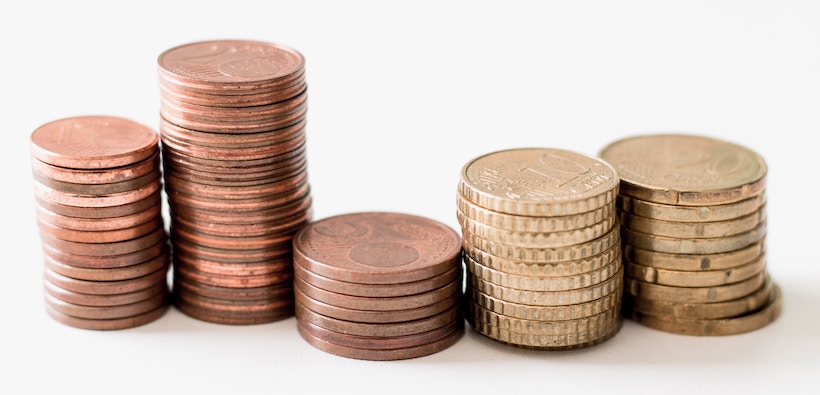
Today, in this low-interest environment, it's ever more critical to find ways to make your money work for you. It's a sign of the times: some of the traditional and historically safest ways to stash your cash are not as attractive as they have been in the past.
Luckily, there are other ways to make your money works for you – and not just the money you save away.
Let's talk cashback today, and discuss how the very money that you spend every day can be leveraged to work and earn and, well, come back to you.
My Experience with Cashback Cards
The ultimate goal here is to acquire a credit card that offers a cashback program, then use it for all or most of your daily spending to maximize your cashback. (Of course, paying off the card every month is critical, so as not to incur any interest or fees.)
Maximizing your return in this way requires you first have a favorable credit score to acquire a suitable card. Some due diligence is necessary here – you need to maintain your credit score and debt level by paying off your cards every month. And before you apply, you need to do a little bit of estimation to maximize your return by selecting the right cards and deals upfront.
Cashback: Read Carefully
It seems like every credit card company out there is offering some cashback program, and they tend to make it more complicated than they should (it's all part of the game).
It can be a little deceiving because many of these companies will award you hundreds of points on many qualified purchases, and those points can be converted to cash or deals. It is then necessary to do a little research to figure out exactly how much those points convert over to cash, but it is usually 1% to 2%.
It is a slightly deceiving practice because it can look like you are getting a lot of points when it is relatively low relative to other cards. In some cases, those cards will make the points convert over at a percent to deals or rewards and convert over at a different rate when converted directly to cash.
I prefer to use cards that are straight forward and direct with their offerings and offer cashback directly and are explicit in their offerings.
Watch for Annual Fees
Another thing to look out for is cards that offer higher rates of return, often have an annual fee. In many cases, it is still very worthwhile to leverage the cashback and just account for the annual fee in your estimate. Often the deals may have different rates on different categories of spending, and specific types may have capped limits also.
For instance, the American Express Blue Cash has no annual fee and offers 3% cashback on spending at grocery stores up to $6000 per year and 2% on gas with no limit. It's counterpart, the American Express Blue Cash Preferred has a $95 per year annual fee but offers 6% cashback on spending at grocery stores up to $6000 per year and 3% on gas with no limit.
A little estimating here reveals – assuming you shop at qualifying grocery stores – that the second card is superior.
Assume that as a household, we will spend about $1500 per month on groceries and about $300 on gas.
The second card appears more attractive even after the yearly membership fee ([6000*.03 + 12*300*.02 = $252] as opposed to [6000*.06 + 12*300*.03 – 95 = $373]).
Another card (something like the Fidelity Rewards Visa Signature Card) is used for other non-grocery or gas-related purchase and offers 2% on everything. After you reach the $6000 grocery limit on the Amex, this second card takes over for groceries as well to maximize returns.

Jumping Through the Right Hoops
This all seems like a lot of jumping through hoops, but it is pretty straightforward once you work out a system for budgeting everything and managing all your bills correctly. Admittedly, it can be cumbersome at the beginning with tracking expenditures between your own and perhaps your spouse's version of multiple cards, but the returns are worth it.
Many of these cards also offer a bonus after you spend a certain amount (which is usually easily accomplishable), and issuers will send you a lump sum or credit your account. On top of that, some may also even offer an introductory 0% APR rate in which you can carry the debt by only making minimum monthly payments.
(If you are daring enough, you could even make some astute and careful investments with this money during the introductory rate to put that free debt to work for you. Note there are usually other terms and fees that can make this riskier than "free money".)
Planning Your Cashback Strategy
All this does require study to find exactly which cards you will qualify for and what rates will work best for you and your spending.
Training up your partner on these new intricate spending details and tracking all the budgeting expenditures as well can be a lot to take in. If done correctly, you could be earning an extra 50 to 100 dollars per month just by using these credit cards instead of other forms of payment. Sounds good to me!
